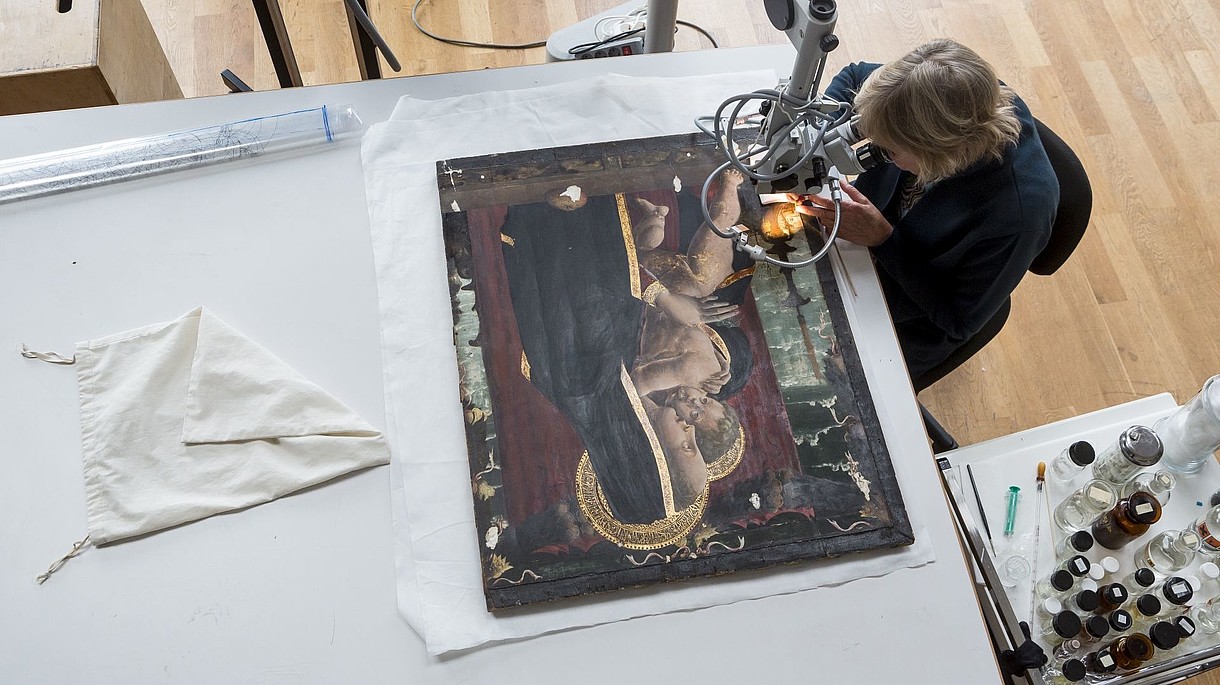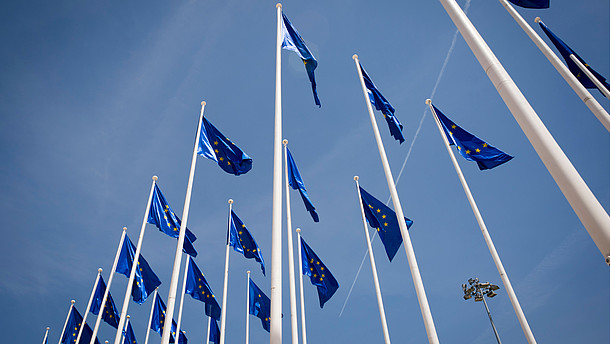Please participate in the public consultation before the deadline (2 May 2022) to contribute with input from the museum sector and avoid facing the same situation as with the use of nitrogen. By answering the survey, you are part of directly informing the European Commission about the consequences faced by the heritage sector if lead would be added to the list.
Follow these steps to make your voice head:
- Answer the questions in the word document provided by ECHA. You only need to answer the questions that are relevant to you. The questions are in English, but you may answer in any of the EU languages.
- Once completed, go to the ECHA webpage to upload the document and enter some basic information about you and your organisation.
If lead is added to the ECHA authorization list, there will be consequences for museums and heritage organisations with objects that contain lead and for the conservators working with those objects. The affected areas would, for instance, include stained-glass windows, organ pipes, Roman water pipes made of lead, lead sarcophagi from the early Middle Ages, medieval pilgrim badges made of leaded pewter, toys, household articles (plates, cups, candlesticks) or medieval weights for nets (fishing) and fabric pilots (textiles), remains of industrial activity, medical/ military equipment that stops radiation (aprons, suitcases), lead glazes on ceramics, lead glass, lead white in paintings, coins, medals and weights, as well printing types or other printing elements. Virtually the entire cultural heritage sector would be impacted if lead is included in the list and subject to authorization before being used or handled.
ICOM Belgium, E.C.C.O, ICOMOS-Corpus Vitrearum, ISCCSG and ICOM Glass have published a joint statement that has been sent to the European Chemicals Agency. The statement is available as templates in English and French and the signatories encourage other organisations and museums to send their own statements to ECHA.
- Learn more about the Consultation on draft recommendation for inclusion in the Authorisation List.
- Learn more about the authorization process that would be mandatory if lead is added to the Authorisation List.




